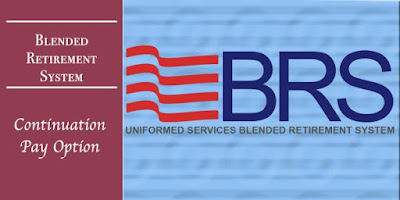February 26 – March 3, 2018 is Military
Saves week. This is a special week, allowing
installations and organizations to promote good saving behaviors and enhance
financial readiness. Financial troubles
can cause security clearance issues, marriage problems, and undue stress on our
military members. Our military pay is
dynamic, and can quickly slip out of control if we’re not paying
attention. Additionally, this week
allows installations to provide financial resources similar to
pre-sequestration (2013) levels.
During sequestration, the Department of
Defense lost many of its on-site Certified Financial Planners (CFP). In lieu of the CFPs, our Family Readiness
Centers were trained on basic finances and provided tools and materials to hand
out to military members. During Military
Saves week, many of our installations get a CFP on base for FREE financial counseling. CFPs can charge up to $200 an hour for
professional advice and it’s free during military saves week. Call your Family Readiness Center for more
information.
Many of our amazing credit unions
participate as well—typically setting up informational booths at Family
Readiness Centers. Some credit unions
offer discounted loans, new account services, and financial advice. It’s mostly informational to encourage
military members and their families to save.
This is also a good time for non-profit
organizations to promote their services.
This varies depending on location, but most focus on military members in
severe financial troubles. I’ve seen
non-profits offer free items for families with newborns (e.g., diapers,
formula, etc.), used furniture for free, clothes, and even cash for immediate
needs.
WHAT
CAN I DO TO SUPPORT MILITARY SAVES WEEK?
The best way to support your installation’s
Military Saves week is to personally visit your Family Readiness Center and see
what services they’re offering. If you’re
a supervisor, senior enlisted, or commander (at any level), then encourage your
subordinates to go with you. At a
minimum, send out an e-mail, talk to people about it, or make a public
announcement during recurring meetings.
Here’s a link to the 2016 Military Saves Week Report.



